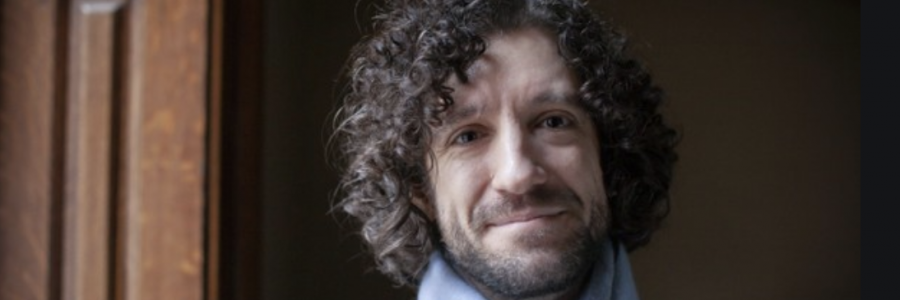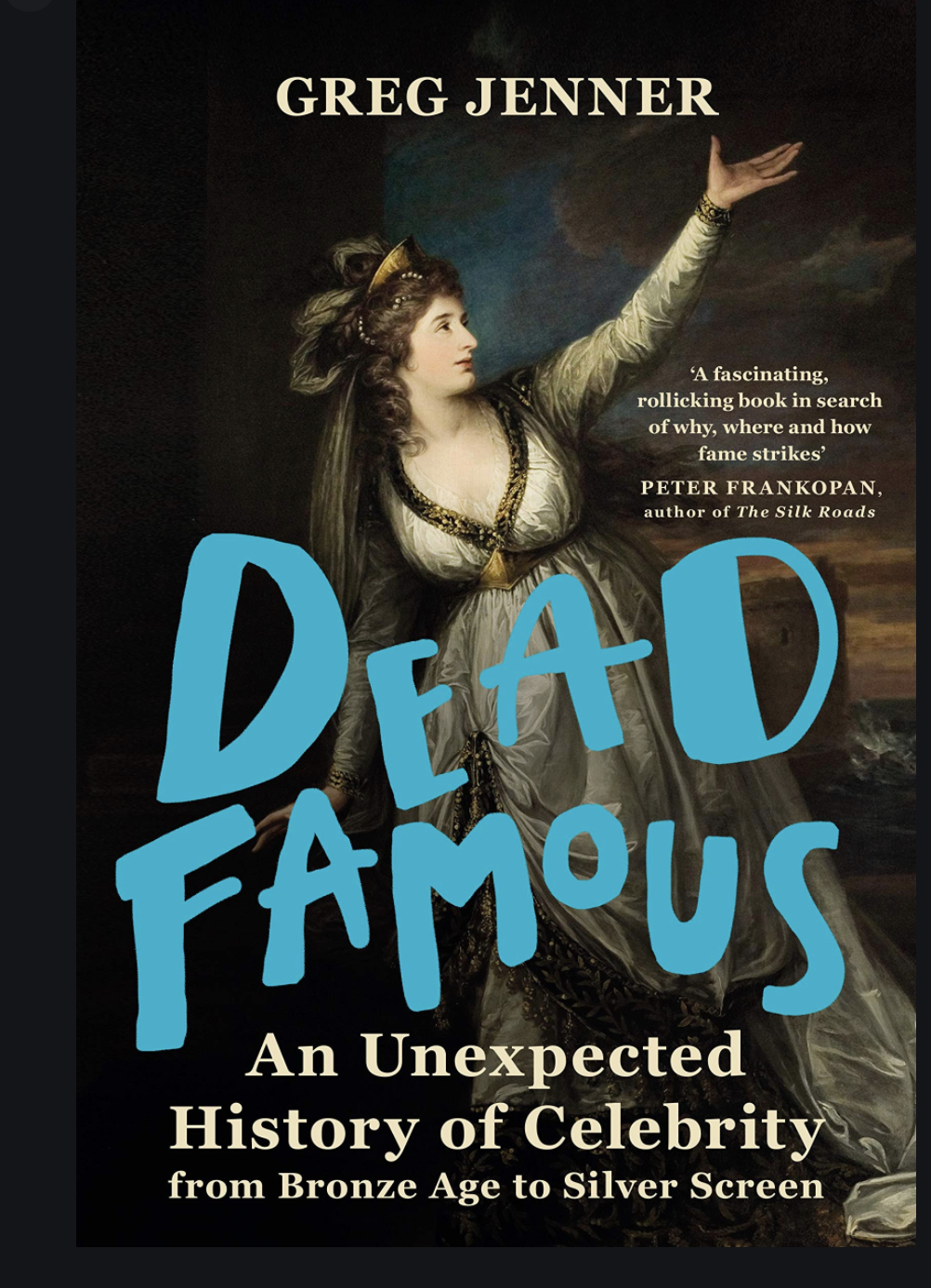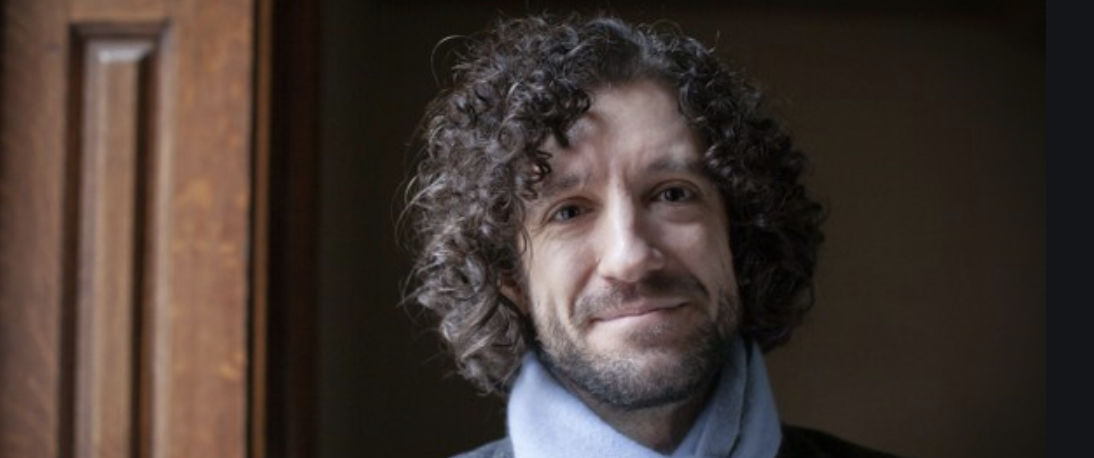
Famous and notorious, thrilling and titillating and outraging us.


Greg Jenner, writes about a vibrant cast of ovr 125 actors, singers, dancers, sportspeople, freaks, ruffians in search of celebrity’s historic roots.
Dead Famous is funny and fascinating exploration of both a bygone age and how we came to inhabit our modern, fame obsessed society.
The scandalous Lord Byron, whose poetry sent female fans into a erotic frenzy or the cheetah-owning, coffin-sleeping, one-legged French actress Sarah Bernhardt who launched a violent feud with her former best friend, or Edmund Kean, the Dazzling Shakespearean actor whose monstrous ego and terrible alcoholism saw him nearly murdered by his own audience.
In 1709, Guy Fawkes Night, Anglican minister Henry Sacheverell, preached an combustive sermon in St Paul’s Cathedral against religious non-conformity in the church, a coded attack on then Whig government, which attempted to have Sacheverell tried for treason, his speech
Became a published phenomenon selling 100, 000 copies. His image appeared on playing cards, tobacco pipes and fans.
Some carved fame while others had it forced upon them. Since early 1700s, celebrity has been on of the most emphatic driving forces in popular culture, a vivid cousin to Ancient Greek ideas of glorious and notorious reputation and its emergence helped to shape public attitudes to ethics, religious faith, wealth, sexuality and gender roles.
Our obsession with Kim Kardashian’s anatomy any more peculiar than the irrational in which newspapers competed for a sight of the ears of Parisian actress Cleo de Merode.
In 356BC, Herostratus burnt down the temple of Artemis simply because he craved Kleos.
Greg Jenner explores the pathologies from image manipulation to the quasi religious ecstasies and devotion of fandom and asks us what we really value in those we idolise and why.
Dead Famous: An Unexpected History of Celebrity From Bronze Age to Silver Screen, by Greg Jenner, Weidenfeid & Nicolson £18.99, 400 pages.
